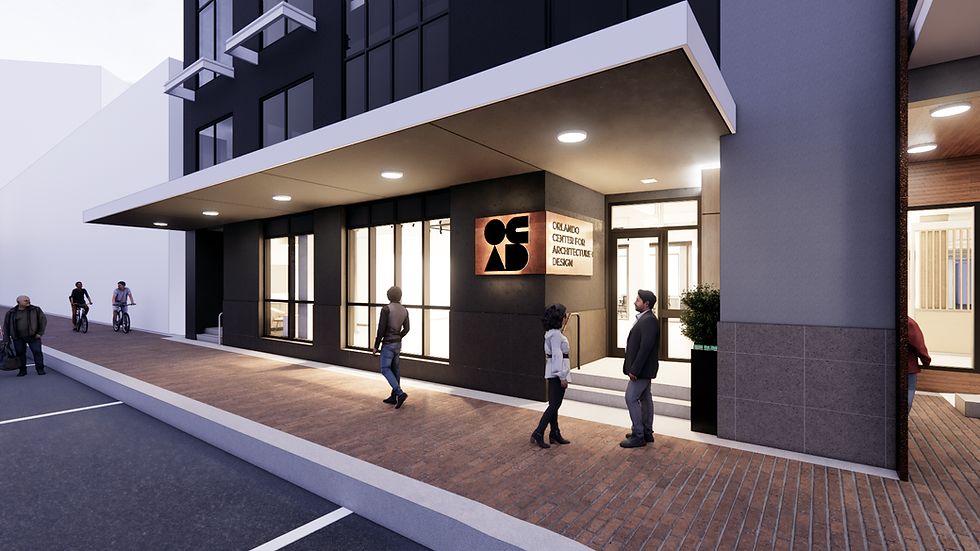Sustainability Heights
- Ariel Hadley
- Oct 19, 2023
- 3 min read

Explanation of Biophilic Design
Teaser:
Environmental impacts have been the focus of design for decades as we work to mitigate
climate change. But there is more to a sustainable built environment that just low-carbon
intensity. Enter biophilic design, a strategy that seeks to enhance the innate human-nature
connection through intentional design considerations.
Article:
Environmentally conscious design has been in the spotlight for decades, and for good
reason. Climate change is an ever-present crisis, and it will take major shifts throughout the AEC industry to combat and reverse its impacts. Because of this, there has been a push to increase the selection of low-carbon intensive materials, improve energy efficiency through innovativeHVAC systems and buildings, and more. This type of design is often described as sustainable design; however, there is much more to sustainable design than just mitigating climate change, even though that is a significant part of it. The human aspect of sustainability is just as important as the environmental aspect. After all, who are buildings designed for?
Enter biophilic design. This design technique is based on the biophilia hypothesis, which
posits that humans have an intrinsic tendency to connect with nature. Many architects and
designers have begun to integrate this hypothesis into their design strategy as a well to improve the health and well-being of occupants. In fact, as stated by peer-review research, many biophilic design elements have been linked to reduced stress, improve cognitive performance, and improved mental health in occupants. Usually when talking about biophilic design, most people only think about plantings, whether that’s vertical greenery systems or simply interior planters, but there is so much more to biophilic design. There are different elements of biophilic design that can be incorporated into any project to enhance the human-nature connection.
There are three major categories that each biophilic design element falls under: Nature in
the Space, Natural Analogues, and Nature of the Space.
Nature in the Space – the elements that fall within this category are focused on bringing natural elements into the built space by engaging the different human senses (i.e., olfactory, auditory, etc.) This includes creating a visual connection to nature through the strategic placement of windows and skylights to maximize daylighting, use of auditory systems to mimic the presence of water and sounds of fauna, and adjust airflows and thermal comfort to mimic the natural environment.
Natural Analogues – these biophilic design elements are focused on mimicking nature through building materials and design. This includes selecting materials that look and feel like elements that exist in nature, like different styles of woodwork, acoustical moss, window details, mass timber structural system, etc. This also included designing the building using different arrangements that symbolize the surrounding natural environment.
Nature of the Space – the elements within this category are focused on elevating the designed space to feel like nature rather than just emulating it. This includes providing unobstructed views to the surrounding environment by utilizing transparent materials and low partition heights, providing easily accessible restorative spaces, adding elements of mystery and risk through lights and shadows, winding paths, décor of predatory animals, infinity edges, etc.
Some of the listed biophilic design elements may be unable to be implemented due to
budgetary constraints, close deadlines, non-applicable to user groups, etc. During the concept and programming phase, it is important to research and explore the different biophilic design elements and how it relates to the site context, ecological surroundings, and stakeholder needs. It is important to remember that there is more to establishing and maintaining the innate human nature connection through biophilic design than just placing planting in the corner of an office or lobby.



